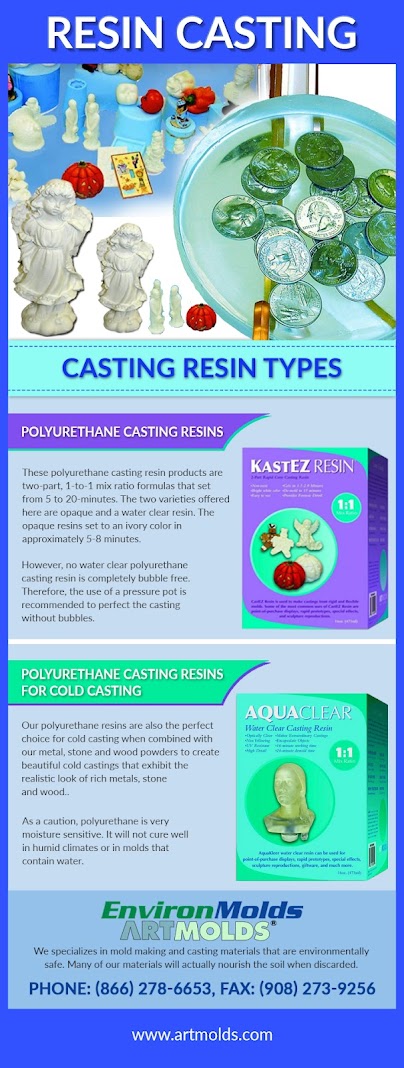Plaster of Paris is a common material that finds usage in construction sites, orthopedic chambers and art studios. When plaster is infused into gauze, it forms the very resourceful plaster bandages.
Plaster of Paris is a quick-setting gypsum plaster that comes in the form of a fine white powder. It forms a paste when mixed with water and when allowed to dry, it will take a solid form. The name plaster of Paris comes from the abundant gypsum found near Paris that is used for the preparation.
This is commonly used as a building material to form a protective coating on walls and ceilings apart from giving aesthetic finishing touches. The same plaster powder can be used to immobilize joint or limb fractures. In the medical field, it is applied as a slab, splint or full cylindrical cast on broken bones by orthopaedics. It dries to form a rigid cast that will hold the broken pieces of the bones in place and help them to heal. Dentists also often use plaster to make molds of the teeth to be replaced.
But not many people may be aware that woven fiber material (like gauze) can be soaked in a plaster solution and then dried to produce Plaster of Paris bandages.
Usage
Plaster bandages are usually used to form shell molds over flexible molds – like those made of alginate or silicone rubber. It forms a stiff covering that helps the mold retain its shape and the firm mold can then be used for casting purposes.
Apart from this, the bandages are also directly applied on both living and non-living models to make form molds. This will capture the basic shape without the finer details. Therefore, it is usually used for making belly molds (like pregnancy casting) and other basic shaped figures.
How to use?
Plaster bandages are fast and practical to use. The reverse process comes into play here – just soak the bandages in water and the moistened bandage will be ready to use. The bandages will harden rapidly, to form a resistant structure which does not lose shape.
Roll out the bandage and cut into the required lengths. Take a bowl of water and soak each bandage for a couple of seconds before squeezing it gently. Then apply on the required surface. Smooth it out with the fingers while ensuring that air bubbles do not get trapped inside.
Where to find?
EnvironMolds offers a complete array of materials, supplies and tools for making molds, casts and life casts. This includes top quality plaster bandages at very reasonable prices. The bandages are skin friendly and smooth. They offer rapid plaster immobilization with quick water absorption that enables faster application on the molds or even the body. There is appreciable mold ability which allows it to conform properly to where it is applied, thus facilitating easy and accurate molding.
What’s more, the same bandages can also be used in the medical arena to form plaster for bone and joint fractures.























